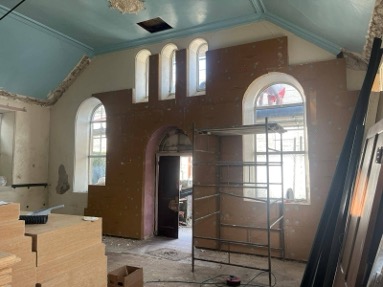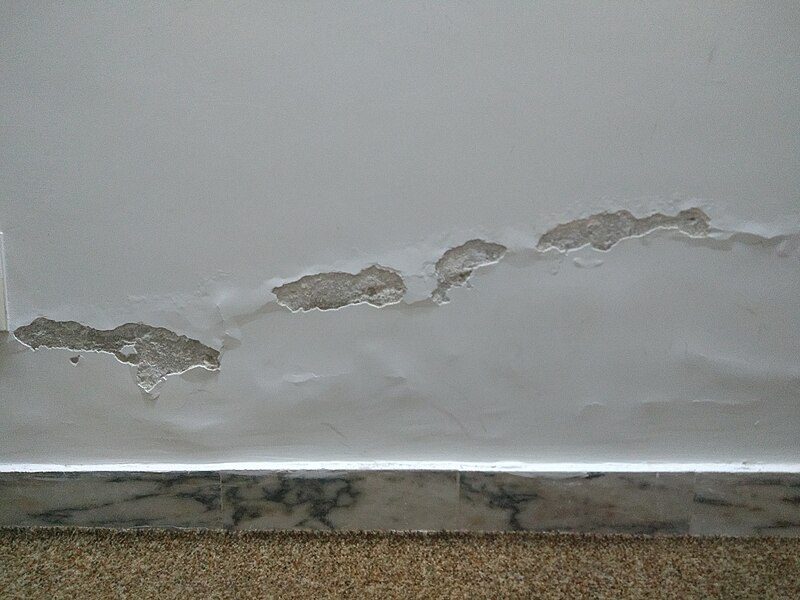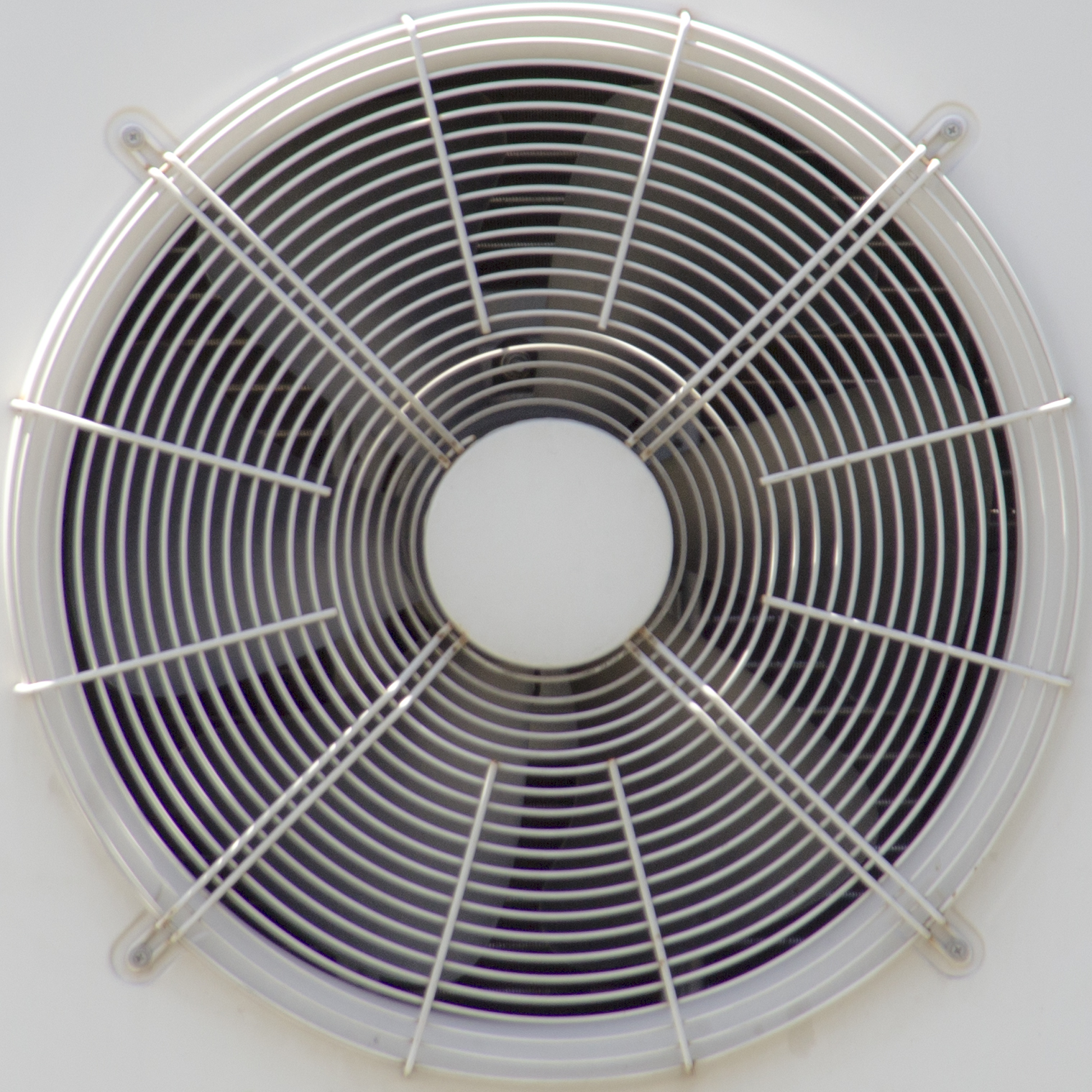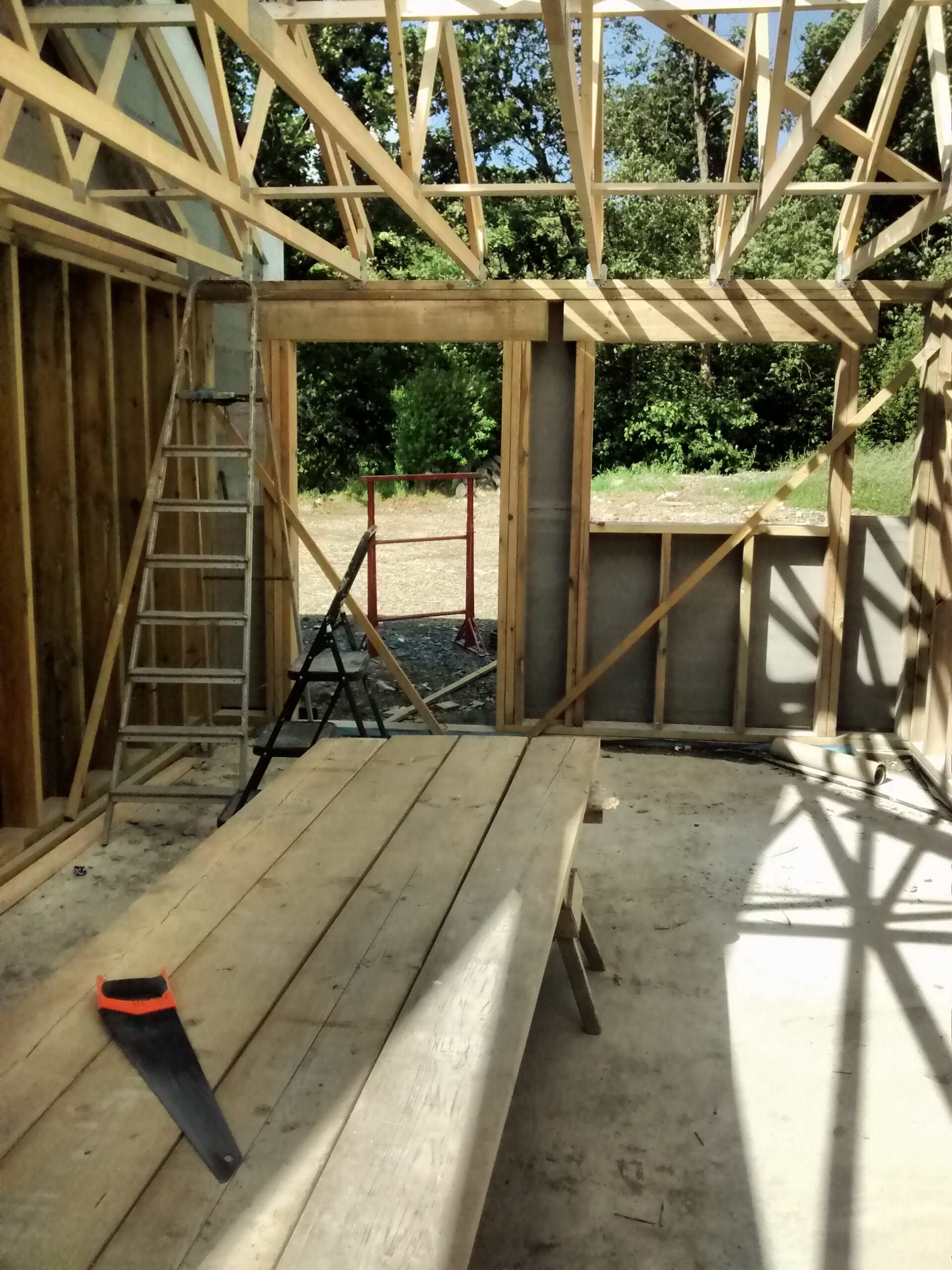I recently attended the UK passivhaus conference in Oxford. One of the presentations was about Warksburn Old Church, a passivhaus retrofit of a church in Northumberland which now operates as a holiday home. The development has been covered on TV and, very recently, in the national press. The conference was my first time learning about the development.
The work has been impressive, retaining the original stained glass windows (they installed passivhaus windows on the inside of the windows to reach the passivhaus standard!), and other architectural features of the building, while still reaching the passivhaus standard. The results are amazing: a beautiful as well as energy efficient end product.
According to a Sunday Times piece on the property, one motivation for the project was to give people a “try before you buy” experience of passivhaus. I think this is a great opportunity for folks: when we were first considering building our own passivhaus we stayed in a passivhaus B&B in Totnes to “try it out.”
My favourite part of this story was to do with a piece of the church’s history. The church was originally funded by Sir George Barclay Bruce, a civil engineer in the 19th Century. According to the Institution of Civil Engineers, a speech he gave as President of the Institution contains the world’s first recorded reference to “renewable energy and the storage of power”:
“When we shall have learnt the way of storing up in a more efficient and financially successful manner, the unemployed forces of nature such as the winds and streams and tides, which can be so readily converted into electrical energy at trifling cost, then will it become a factor in the world’s life compared with which the present is as nothing”
It is great to think of the church as itself providing an example of this kind of efficient use of renewable energy.
This was obviously a really exciting and imaginative project. Coming away from the presentation, I found myself wondering about my own local area of North Wales and the many chapels and churches that are falling out of use. Some of these do end up as holiday homes. But could these buildings become sustainable homes for local people and how could that development be rolled out in a cost-effective way? Questions I will be pondering . . .
If anyone happens to be in Northumberland this weekend you can see the old church for yourself as it is one pf the participating properties in this year’s Passivhaus Open Days: https://passivhaustrust.org.uk/event_detail.php?eId=1365










